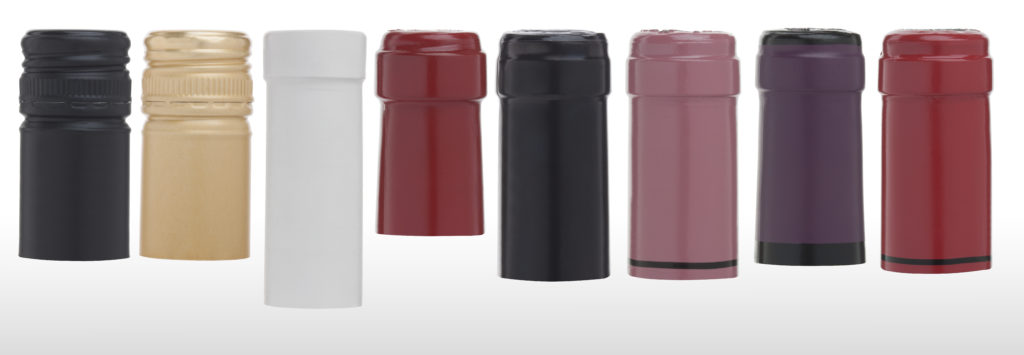So another essay that I was not prepared for. But, like, seriously not prepared for. It’s been crazy busy at work (oh yea, and planning a wedding), so after staring at a blank sheet of paper for a few minutes, I pulled out my notes. Sad face.
Also? I have no examples for any of these… I am so depressed…
**************************************************
Describe three techniques that are used in modern (aseptic) bottling of wine. For each example, describe the equipment and methods used, as well as the typical usage, benefits, and drawbacks of each technique. 60 minutes.
After all of the careful work in the vineyard and in the cellar, the bottling line becomes a factor that will either maintain the quality already created or destroy it. The main principles of modern bottling is to maintain the highest levels of hygiene as to not introduce any yeasts or bacteria that will negatively impact the wine trapped in the bottle. There are three major techniques used in modern (aseptic) bottling that use heat treatments and each use a different combination of temperature and time: flash pasteurization, tunnel pasteurization and thermotic bottling. While all wine bottling should be done under hygienic conditions, these bottling techniques are most important for higher-volume wines where large recalls would be disastrous, both financially and for the brand. Much of the equipment unique to these techniques may also be out of reach for the small wineries.
Flash pasteurization sends the finished wine to very high temperature for a very short period of time, typically 75°C for up to 30 seconds (before being brought back down to room temperature quickly). This heating and cooling will effectively kill any viable yeast and bacteria but the wine will risk re-infection at the filling machine, or through stale bottles and poorly stored corks. Due to the short time at a high temperature, this technique may have the least amount of damage to the more delicate flavors and aromas in a wine.
To avoid risks of re-contamination, tunnel pasteurization can be used. In this technique, already bottled wine is passed through a heat tunnel for about 15 minutes where sprays of hot water heat the bottle up to 82°C. All remaining organisms will be killed in the sealed bottle. At the end of the tunnel, the wine is passed through cold sprays to bring the temperature down as quickly as possible. While even more hygienic than flash pasteurization, there is a large amount of expensive equipment to install.
Finally, thermotic or hot bottling makes use of the lowest levels of heat with the longest cooling wine. In this technique, the finished wine is heated to about 54°C, which is below sterilizing temperatures (which is about 82°C for 20 minutes). While at this elevated temperature, the wine is bottled and corked, and then sent to the warehouse to slowly come to room temperature. While the most gentle (in terms of heat exposure), the long time at the elevated temperature will destroy any yeast and bacteria.
Any of the above techniques are best used for higher volume wines (due to the complications of a large recall) but also because some will argue that heat will damage the wine. From a scientific point of view, heat will advance many maturation reactions, so these techniques would be most appropriate for young, large volume wines, there the young wine could benefit from some slight maturation (giving a softer, rounder character). As the wine industry is dominated by global brands in high volumes, understanding the principles and choices of modern bottling techniques are important.



